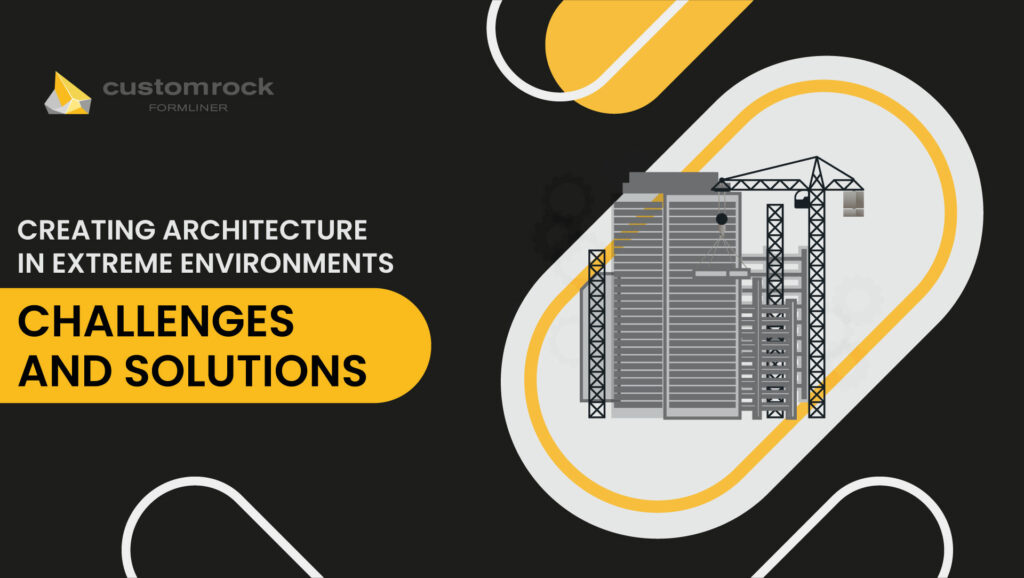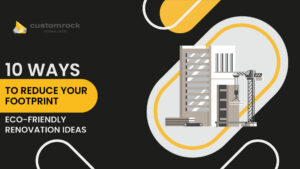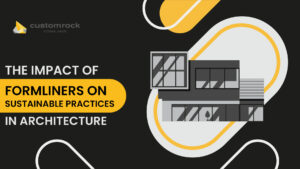TL, DR
Creating an architectural project in extreme environments brings several challenges that architects need to tackle while handling the project. The rough and harsh needs of different extreme parts of the world come with different levels of complexity for the designers.
The biggest hurdle is the fluctuating temperature and climatic pattern of different regions. For instance, temperate lands having the hottest temperatures have different architectural needs whereas tundra regions have different needs.
Choosing the best location in these environments is also a big hurdle that ends up limiting the resources for the building and adds to the overall cost of the project. Increasing costs demotivates the workers and results in inefficient work practices.
Furthermore, technological limitation adds fuel to the fire by not allowing the architects to modify designs with technological power. All these problems can be solved by using innovation and practicality in designs.
Passive designs and adaptive building systems help meet the fluctuating needs of the climate by using shadows, shading, adjusting, and movable components.
Bringing nature into architecture also helps in blending seamlessly with the environment. Moreover, a sustainable approach can help in creating an energy-efficient and resilient building for the occupants.
All these solutions can only help if the architects never stop modifying them and introducing new means and practices to tackle environmental needs and challenges.
Creating Architecture in Extreme Environments: Challenges and Solutions

Working in extreme environments has always been an uphill battle for architects and designers as these harsh environments impose extreme challenges while building a project. Designing homes in extreme regions requires a practical approach and innovative ideas that maintain the aesthetics of the building as well as remain resilient throughout its life.
Building in different extreme environments brings forward different unique challenges as the designs are highly influenced by their surroundings and need to be designed in such a way that they survive all natural and human catastrophes without risking the lives of the residents. ‘
From the functional design to the aesthetic appeal, the architects need to keep in mind everything while building in these harsh regions.
Extreme environments from extreme hots to extreme colds, possess a significant impact on the overall design and building industry by testing the limits of human endurance and limiting their access to sustainable and fresh surroundings.
These harsh environments with fluctuating climatic patterns, and natural complexities like floods, earthquakes, and so on make it a trouble to create architecture in these regions.
Architects are regularly working on new techniques to cater to these hurdles and get their hands on the best ways to create architecture in these harsh regions. This article briefly discusses the challenges posed by extreme weather on architecture and solutions to these challenges.
Major Challenges of Creating Architecture in Extreme Environments:
Extreme Climates:
When we talk about extreme environments, the first bell that rings in every mind is the climate range of that area. It is a fact that harsh environments come with extreme climate ranges like extreme temperate regions with scorching heat and harsh tundras with no heat at all.
These climates influence the overall living standard of the people and so their residential preferences. Heavy winds, low temperatures, insulation, and ventilation problems are the major issues that come with these harsh temperature and climate patterns.
Coastal areas have high risks of floods, heavy winds, and saline water, hot regions have extreme climates with low to no rain patterns, tundras have decreasing climates, and as of now melting glaciers due to global warming are some major climatic issues faced by architects and designers while designing a resilient, energy efficient and comfortable living places for the residents.
Logistical Constraints:
Logistics is one of the most important departments of any sector. When it comes to architecture and more specifically, architecture in extreme environments, this department faces the most challenges. Every environment has different needs and requires different types of raw materials for the design.
Most projects are designed in the most suitable areas of these harsh regions which are far off from the main city sites. This remote location creates big hurdles in providing access to building resources and maintenance raw materials.
This limited access compels the team to get resources from far-off places which adds to the increasing transportation cost, raw material cost, and labor wage adding to the overall cost of the building which is at times not viable for the architects.
These logistical hurdles do not only increase the overall cost but increase the overall building time as well and so many goals are left unmatched resulting in demotivated architects and inefficient designs.
Technical Limitations:
With the advancements in the house-building industry, traditional methods are rarely used. New and improved technology has taken the place of old and manual methods of house building and designing. These technologies are the only feasible method of building in extreme environments.
However, the limited budget of the architects limits them from taking advantage of emerging technologies in the world of architecture and design. The technical approach can enhance the structure stability of the building, energy efficiency, insulation, and water management and contribute to the overall infrastructure of the design.
For this technical approach, the architects need to increase their overall budget to create a design that is not only aesthetically appealing but also resilient and durable. If the architects go for cost cutting, they will have to invest so much labour and time in one design which does not sound like a feasible idea. These technical limitations make the completion of a project a hard nut to crack.
Innovative Solutions

There is no lie in the phrase, “Necessity is the mother of invention.” when we see troubles in certain practices, we change or modify them to be beneficial for us.
The same approach needs to be practiced in architecture. If one practice is not working, we need to shift to a new one.
All the hurdles and challenges of creating architecture in extreme environments can be resolved by shifting to better practices. Some of those practices are discussed further in this article.
1. Climate Responsive Designs:
Climate climate-responsive approach is one of the best gateways to tackle all the extreme environmental needs in architecture. Passive design strategies need to be employed in the designs in harsh regions.
Passive designs ask for orientations, shadowing, shading, insulation, and ventilation to be incorporated for energy-efficient designs and thermal comfort in a building. This approach helps in meeting the environmental needs of the region and creating a comfortable living space.
2. Adaptive Building Systems:
An adaptive building system works best in responding effectively to changing environmental needs and if used in harsh environments, it can help with many issues.
The use of movable and adjustable components can make things easier in harsh circumstances and ensure in safe living space for the residents. Adaptive building systems also enhance flexibility and make a building resilient and strong.
3. Sustainable Practises:
The world is moving towards global hazards of extreme climate change and global warming which can only be controlled by sustainable living practices. Implementing sustainability in architectural practices in extreme environments can help in many ways.
The use of energy-efficient renewable resources like solar and wind power can save energy with less cost and effective means increasing the viability and durability of the project. Moreover, water recycling systems are also good means of reducing carbon footprints and creating a safe habitat for the residents.
4. Biophilic Designs:
This is one of the best solutions when it comes to meeting environmental needs in architecture. Incorporating elements of nature into architecture can help balance out the palette and create a visible impact on the connectivity with nature.
Green roofs, natural lighting, and indoor gardens are some of the ways to bring nature into the design of the project. This not only creates the aesthetic of the building but also creates a comfortable space for residents and helps in balancing out the overall temperature of the building. Vertical gardens are also one of the best ways to incorporate in extremely hot regions for the cooling effect.
Designing architecture in extreme environments is a difficult task that comes with various challenges. However, with the use of multiple effective approaches, these challenges can be resolved and can result in the building of energy-efficient, sustainable, and resilient housing and commercial projects.
Architects and designers need to use their innovative minds with the help of practical approaches to set new building standards by tackling the most harsh environmental needs.
As the world is proceeding, these environmental challenges will only increase and so architects need to move forward to introduce new practices in the realms of architecture and design.







